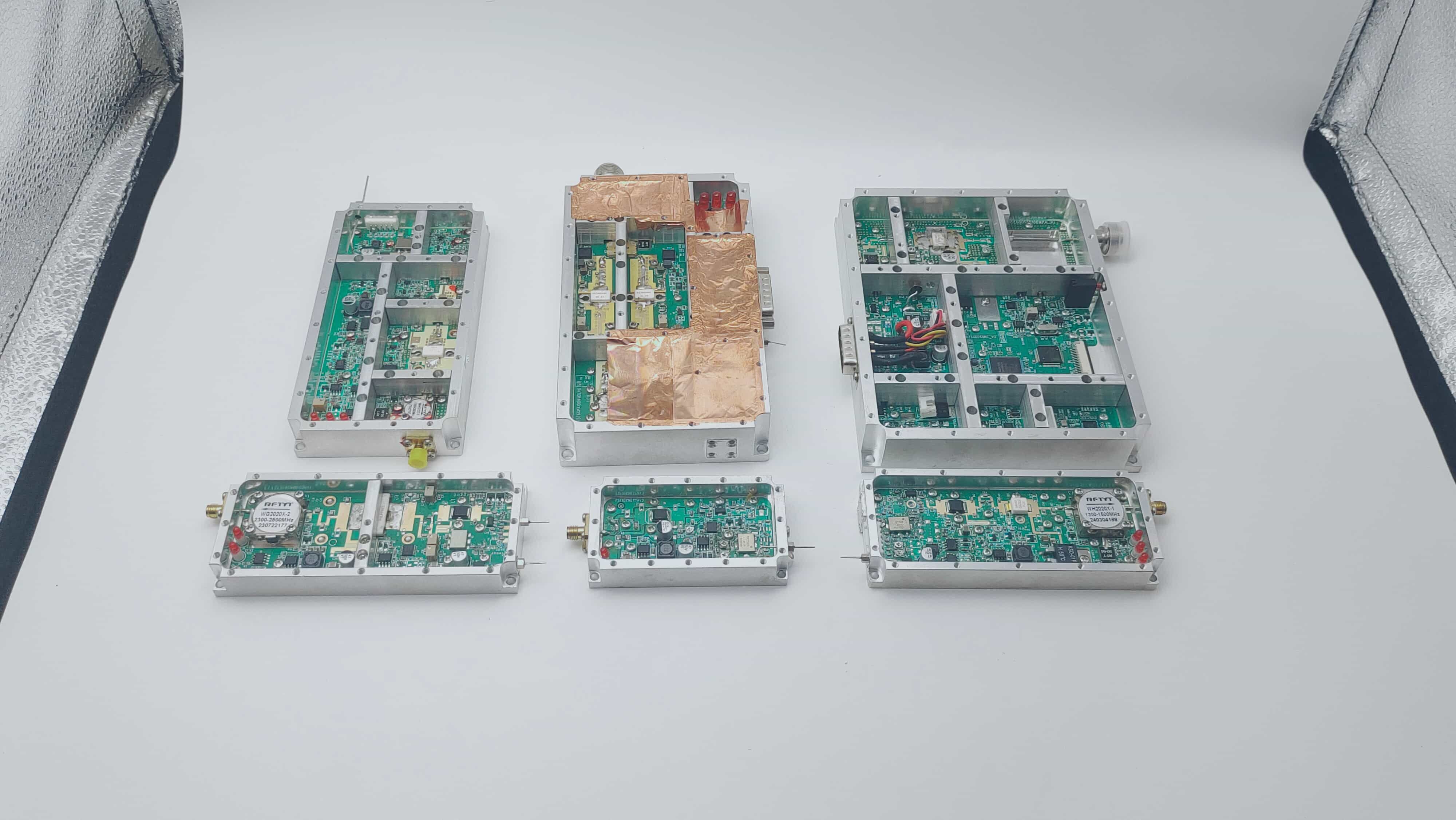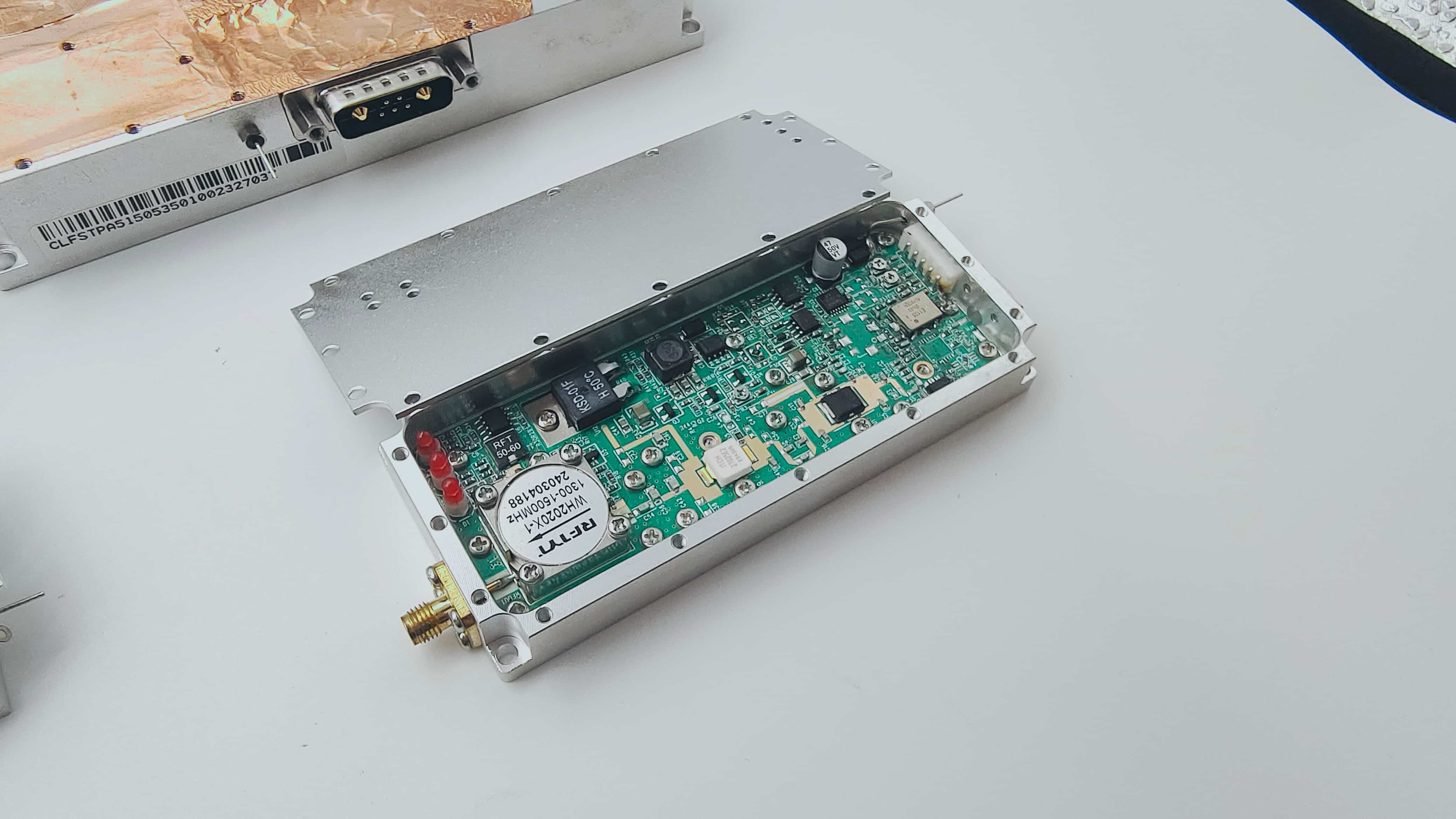What Are the Key Benefits of Using RF Wireless Modules in Communication Systems?
RF wireless modules are essential components in modern communication systems, enabling devices to send and receive data without physical wires. From simple remote controls to complex industrial networks, these modules offer unique advantages that make them a top choice for engineers and developers. Let’s explore the key benefits of using RF wireless modules in communication systems, highlighting how they improve flexibility, efficiency, and reliability.
1. Wireless Flexibility: Breaking Free from Wires
The most obvious benefit of RF wireless modules is their ability to enable wireless communication, eliminating the need for cables. This flexibility transforms how communication systems are designed and used.
- Easy installation and placement: RF wireless modules let devices communicate from anywhere—whether mounted on a wall, placed in a remote field, or attached to a moving object (like a drone). For example, a security camera with an RF wireless module can be installed high on a building without running wires down, saving time and labor.
- Scalability: Adding new devices to a communication system is simple with RF wireless modules. There’s no need to lay new cables—just power up the device and connect it to the network. A smart home, for instance, can start with a few sensors and easily expand to include dozens more, all using RF wireless modules to communicate.
- Adaptability to environments: Wires can’t reach everywhere—underground, in water, or across rough terrain. RF wireless modules work in these harsh environments, making them ideal for mining sensors, marine equipment, or outdoor weather stations.
By removing the constraint of physical connections, RF wireless modules make communication systems more versatile and easier to expand.
2. Cost Savings: Lower Installation and Maintenance
RF wireless modules reduce costs in both setting up and running communication systems, making them more affordable than wired alternatives.
- Reduced installation costs: Running cables requires digging trenches, drilling holes, or hiring electricians—all expensive. RF wireless modules eliminate these costs. A farm monitoring system using RF wireless modules, for example, avoids the need to bury miles of cable between fields and the main office.
- Lower maintenance expenses: Wires break, corrode, or get damaged by weather or animals, requiring frequent repairs. RF wireless modules have fewer moving parts and no physical connections to fail, reducing upkeep. A factory using RF wireless modules to connect machines saves money on cable repairs and replacements.
- Energy efficiency: Many RF wireless modules are designed to use minimal power, especially those for low-data applications (like LoRa or NB-IoT). This lowers energy costs, especially for battery-powered devices (e.g., remote sensors that run for years on a single battery).
The long-term savings from reduced installation and maintenance make RF wireless modules a cost-effective choice for communication systems.
3. Reliable Communication in Challenging Environments
RF wireless modules are built to maintain connections even in noisy, crowded, or hard-to-reach areas—critical for reliable communication.
- Resistance to interference: Modern RF wireless modules use techniques like frequency hopping (switching channels to avoid noise) and error correction (fixing corrupted data) to stay connected. For example, a hospital’s communication system using RF wireless modules can avoid interference from medical equipment, ensuring vital data is transmitted without errors.
- Long-range capabilities: Some RF wireless modules (like those using LoRa or cellular networks) can send data over miles, making them ideal for large-scale systems. A city’s smart waste management system, for instance, uses RF wireless modules in trash bins to send fullness alerts to a central hub, even from across town.
- Stable performance in harsh conditions: Industrial-grade RF wireless modules are designed to withstand extreme temperatures, moisture, and vibrations. This makes them reliable in factories, deserts, or cold climates where wired systems might fail.
Whether in a busy city or a remote desert, RF wireless modules keep communication systems running smoothly.


4. Support for Diverse Data Needs
Communication systems handle different types of data—from small sensor readings to high-definition video. RF wireless modules come in varieties that match these diverse needs.
- Low-data, long-range modules: For systems sending small, infrequent data (e.g., a weather station reporting temperature), modules using LoRa or NB-IoT are perfect. They use little power and can transmit over long distances.
- High-data, short-range modules: For systems needing fast, large data transfers (e.g., video calls or streaming from a security camera), modules using Wi-Fi or Bluetooth 5.0 work well. They send data quickly over shorter distances.
- Real-time communication: Modules with low latency (delay) are critical for time-sensitive systems, like industrial robots or emergency services. Technologies like Wi-Fi 6 or 5G-enabled RF wireless modules ensure data is transmitted instantly.
This variety lets communication systems be tailored to their specific data requirements, ensuring efficiency and performance.
5. Security Features to Protect Data
As communication systems handle more sensitive data (e.g., personal information, industrial controls), security is essential. RF wireless modules include features to keep data safe.
- Encryption: Data is scrambled during transmission using codes like AES-256, so only the intended receiver can read it. An RF wireless module in a smart lock, for example, encrypts the “unlock” command to prevent hacking.
- Authentication: Modules verify that devices are authorized to join the network, blocking unauthorized access. This keeps communication systems secure—critical for financial or medical applications.
- Tamper detection: Some modules can sense if they’ve been physically altered (e.g., opened or damaged) and shut down or encrypt data to prevent misuse. This protects sensitive systems like military communication networks.
RF wireless modules ensure that data in communication systems remains private and secure.
6. Easy Integration with Existing Systems
RF wireless modules are designed to work with other technologies, making them easy to add to existing communication systems without major overhauls.
- Standardized protocols: Most RF wireless modules use common protocols (e.g., MQTT, HTTP) that work with existing software and hardware. A company upgrading its office communication system can add RF wireless modules to connect new devices without replacing old ones.
- Compact size and compatibility: Small, integrated RF wireless modules (like system-on-chip designs) fit into tiny devices and work with standard circuit boards. This makes them easy to integrate into everything from smartphones to industrial sensors.
This compatibility lets businesses and organizations upgrade their communication systems gradually, reducing disruption and costs.
FAQ
Can RF wireless modules replace all wired communication systems?
Not entirely—wired systems are still better for extremely high-data applications (like 8K video streaming) or environments with extreme interference (e.g., nuclear power plants). But RF wireless modules work for most everyday and industrial needs.
What is the maximum distance an RF wireless module can communicate?
It depends on the technology: short-range modules (Bluetooth) work up to 300 feet; long-range modules (LoRa) can reach 10+ miles in open areas; cellular-based modules (NB-IoT) can cover entire countries using existing cell networks.
Do RF wireless modules use a lot of power?
No—many are designed for low power. Modules for IoT sensors (LoRa, NB-IoT) use minimal energy, running on batteries for 5–10 years. High-power modules (for long-range or high-data use) consume more but are often plugged into power sources.
Are RF wireless modules secure enough for sensitive data?
Yes, with proper security features. Modules with encryption, authentication, and tamper detection are safe for medical records, financial data, or industrial controls. Always choose modules with these features for sensitive applications.
How do RF wireless modules handle network congestion?
They use techniques like frequency hopping (avoiding busy channels), prioritizing critical data, and adjusting transmission power. This ensures they work even in crowded areas (e.g., cities with many Wi-Fi and Bluetooth devices).

 EN
EN






